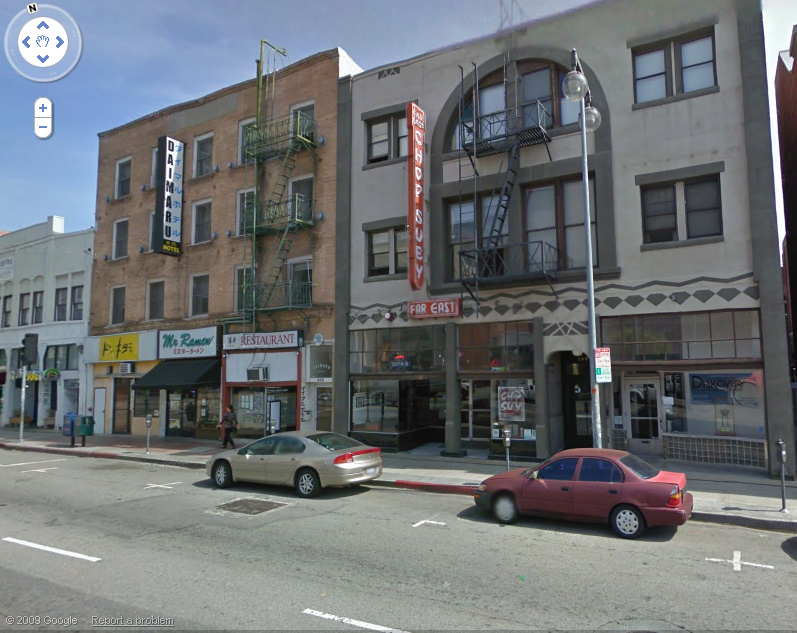People can argue ad nauseam about the origin of Spaghetti (Etruscan or Chinese) or Pizza (Italian or Greek) but when it comes down to dishes, some are so basic (flour, egg, and water in a tube shape/flat bread with sauce) it is inevitable that people had been making similar foods pre-historically.
Sometimes; however, we learn that the origins of a dish that are so surprising that it shifts our world-view. Like a Wookiee living on Endor, they just don't make sense. Prepare for bewilderment, here are 7 eatables you may be surprised when you find out where they come from:
Haggis is a dish containing sheep's 'pluck' (heart, liver and lungs), minced with onion, oatmeal, suet, spices, and salt, and boiled for hours in the animal's stomach. According to the Wiki, "The first known written recipe for a dish of the name (as 'hagese'), made with offal and herbs, is in the verse cookbook Liber Cure Cocorum dating from around 1430 in Lancashire, North-West England."
Caesar Salad - Mexican, not Italian
According to Infoplease.com: "In the 1920s, Caesar Cardini, owner of an Italian restaurant in Tijuana, Mexico, and his brother, Alex, invented a salad of romaine lettuce, anchovies, coddled egg, lemon juice, grated Parmesan cheese, and garlic-flavored croutons tossed with a garlic vinaigrette flavored with Worcestershire sauce. At first it was called Aviator's Salad, but later Cardini named the dish after himself."
 "Fortune Cookie" by orangachang
"Fortune Cookie" by orangachangFortune Cookies - Californian, not Chinese
There is much debate over whether or not the fortune cookie began in Los Angeles or San Francisco, but there is no denying the fact that it came from California some time before WWI. Prior, nothing analogous existed in China. In fact, "In 1989 an entrepreneur in Hong Kong began importing fortune cookies and selling them as luxury items in a chain of fancy delicatessens , advertising them as "Genuine American Fortune Cookies." (via Snopes)
Chop Suey - American, not Chinese
There are myriad rumors and lies surrounding the origins of Chop Suey and I wasn't able to find anything even remotely concrete online (like the "bastion of truth," Wikipedia). It is pretty well established that the dish is bland adaptation of wok-fried meat and vegetables that was dubbed "Chop Suey" sometime in the late 1880's in the US. Some stories revolve around the visiting diplomat Li Hongzhang and his 1896 visit to the United States and his chef's attempt at something that would appeal to both the American and the Chinese. In any case, a storm of popularity in Chinese cuisine came about around that era and Chop Suey was one of the staple dishes at Chinese restaurants nationwide.
Chicken Tikka Masala - Scottish, not Indian
In a recent move, Chef Ahmed Aslam Ali, 64, founder of the restaurant Shish Mahal in Glasgow propositioned the European Union to grant Chicken Tikka Masala "Protected Designation of Origin" status, right alongside Champagne, Parma Ham and Greek Feta. Quoted from DNA India, Ahmed states, ""Chicken tikka masala was invented in this restaurant, we used to make chicken tikka, and one day a customer said, 'I'd take some sauce with that, this is a bit dry'... We thought we'd better cook the chicken with some sauce." And ne'er a dry piece of tandoori chicken in the UK since.
 "yukon gold potatoes" by Kristine LeuzeYukon Gold Potatoes - Ontario and British Colombia, not the Yukon
"yukon gold potatoes" by Kristine LeuzeYukon Gold Potatoes - Ontario and British Colombia, not the YukonThis one is silly, I know - but these wonderful, nearly-all-purpose, thin-fleshed beauties have a great balance of waxy and starch that you can fry, boil, bake, or mash to your heart's desire. They were developed as a joint venture by Agriculture Canada and the University of Guelph. About.com - but pronounced ah-boot dot com: "Led by potato breeder Dr. Gary Johnston... [they] finally achieving success by cross-breeding a North American white potato (Norgleam) with a wild South American yellow-fleshed variety (W5279-4). The result was the Yukon Gold, the first Canadian-bred potato to be marketed and promoted by name. It received a Canadian license in 1980 and soon began exportation to the United States."
Kiwi Fruit - Chinese, not New Zealand-er
As the fruit formerly-known-as the Chinese Gooseberry was being introduced to the United States in the 1950's, McCarthyism was in full effect. I first learned of the conundrum in Adam Gollner's wonderful book, The Fruit Hunters. Essentially, no commie/pinko fruit from China was destined for success in that sordid state of affairs in the United States. Are you kidding me? They exiled Charlie Chaplin. So what did the Chinese Gooseberry producers do? They renamed it! First trying out the moniker melonette, they eventually settled on kiwifruit, and the rest is delicious history.
So there you go, amaze your friends with these juicy (and delicious) tidbits of information!






